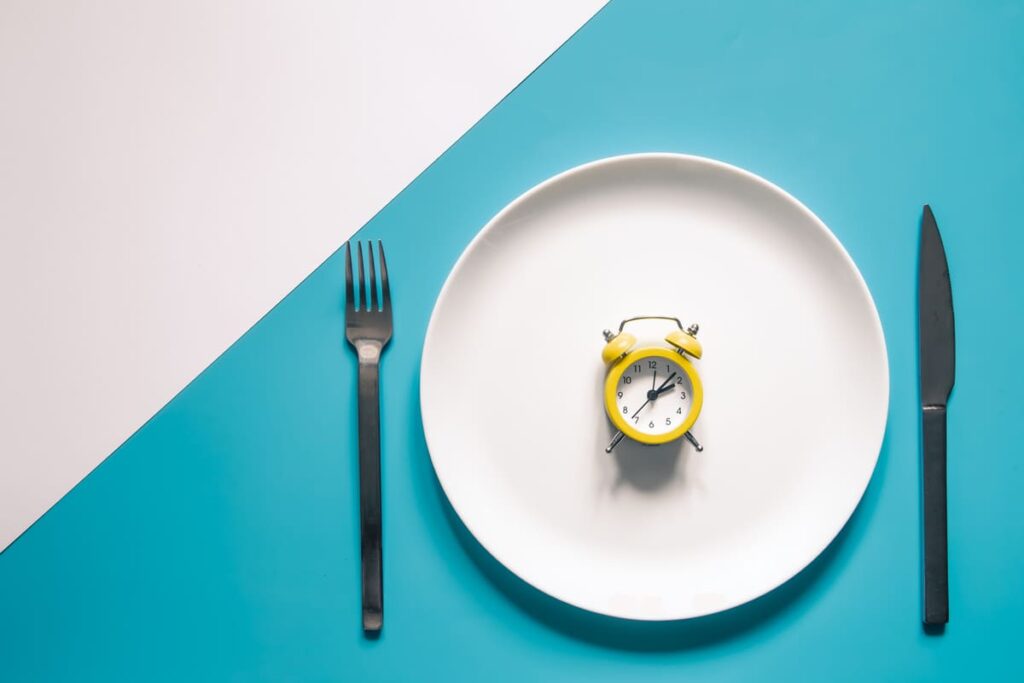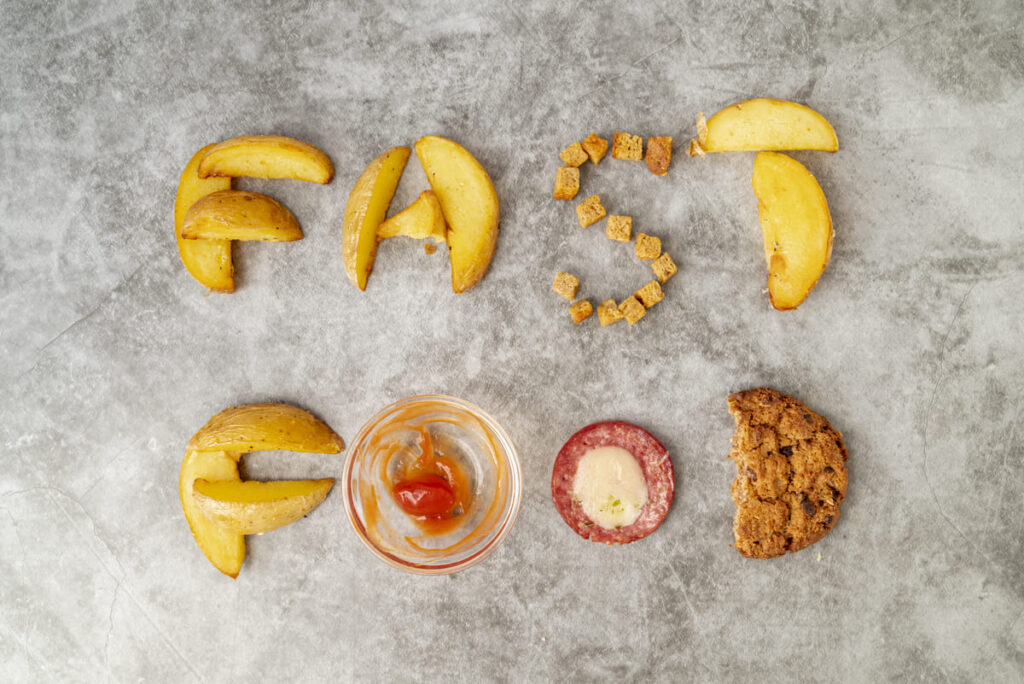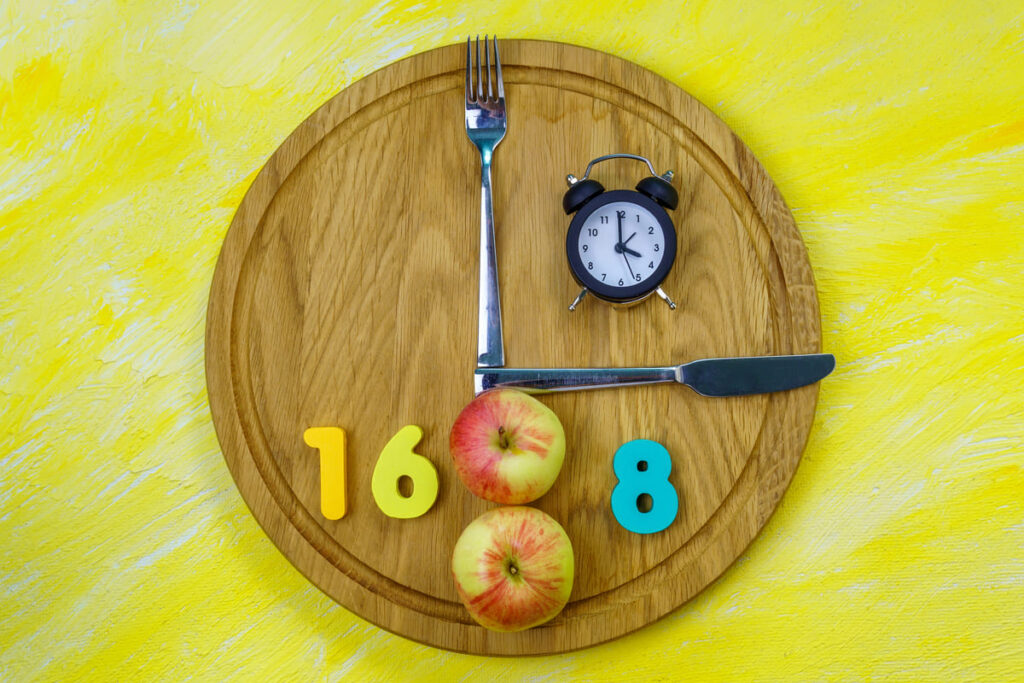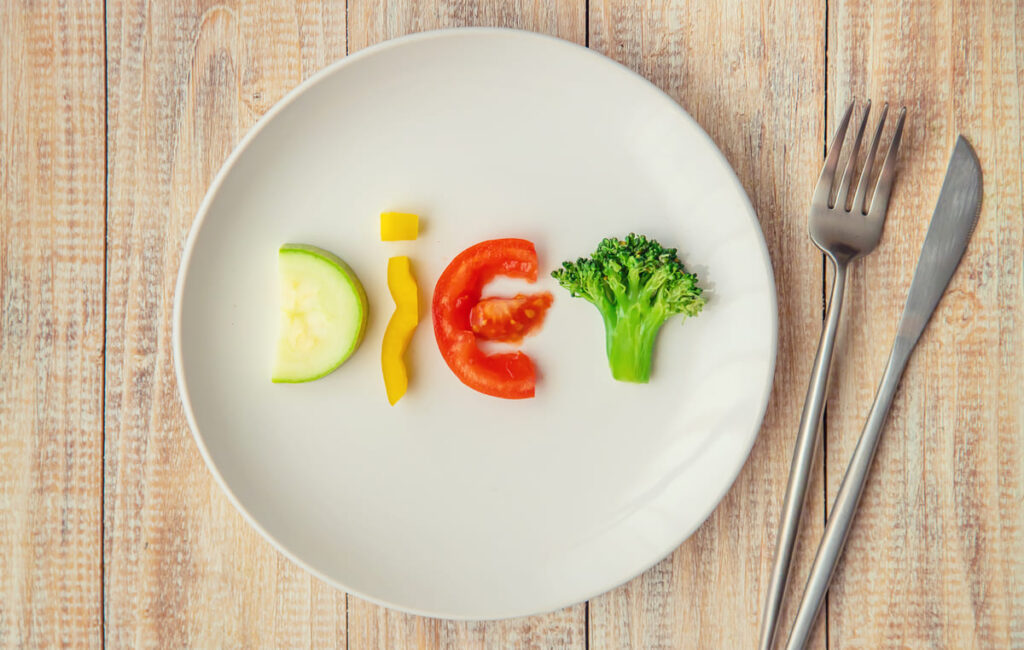At 6 PM, my patient sits before me, her eyes bright with hope. One meal a day, she tells me. She’s been doing this for three weeks. At 7 PM, another walks in, frustrated and hungry. Sixteen hours without food, he says, and he can’t take it anymore. By 9 PM, my clinic is full of stories – of hunger and healing, ancient wisdom and modern science colliding in empty stomachs and determined minds. This is the world of intermittent fasting, where millions of people dance between feast and fast, seeking everything from weight loss to longevity.
The numbers pulsing through research papers: a 32% reduction in belly fat after eight weeks, blood sugar dropping like autumn leaves, and cellular repair mechanisms springing to life like morning flowers. More than just statistics, these are the rhythms of a revolution. I have watched fasting transform from an ancient spiritual practice to a global wellness phenomenon, with India standing at the crossroads of tradition and trend.
We fast differently here. While Silicon Valley tech bros brag about their 18:6 windows and fancy fasting apps, my grandmother’s been practising intermittent fasting for sixty years without ever calling it that. She knows not to eat after sunset, wisdom passed down like family recipes, seasoned with centuries of observation. Yet in my clinic, I see both worlds merge – IT professionals tracking their fasting hours on smartwatches while following the same eating patterns their ancestors did during Ekadashi.

The stories I am about to share are not just case studies but human journeys through hunger and healing. They are about the middle-aged banker who found his diabetes medication doses dropping month by month, the young mother who learned to align her eating windows with her baby’s schedule, and the seventy-year-old who’s been fasting twice a week since before I was born, his vitality a shred of evidence to this ancient practice.
But this isn’t just another article about skipping meals. It’s about discovering how an empty stomach can fill your life with vitality, how the quiet hours between meals become sacred spaces for healing, and how the most profound medicine often lies not in what we consume but in the wisdom of when we choose not to. Like the pause between musical notes that creates the rhythm, the spaces between our meals orchestrate our body’s symphony of healing.

Let me share the story of a young software engineer—I will call her Patient A—who came to my clinic last year; her energy levels are as depleted as a smartphone battery at day’s end. Working for a prominent tech company, she struggled with irregular eating patterns, frequent food deliveries, and the notorious Bangalore traffic that made maintaining any routine seem as challenging as finding parking in R.T. Nagar during peak hours!
I started her on a 16/8 fasting protocol, aligning her eating window with her circadian rhythm – a concept our ancestors understood intuitively through their practice of not eating after sunset. Within three months, her energy levels soared like a kite on Sankranti day. Her fasting blood sugar dropped from 115 to 92 mg/dL, and she reported feeling more focused during her morning meetings. The key to her success? Breaking her fast with traditional south Indian foods like ragi dosa and sprouted moong, followed by a satisfying lunch of rice, dal, and seasonal vegetables.

Recent research published in the New England Journal of Medicine supports what our ancient texts have long proclaimed. The study, involving 2,400 participants, showed that intermittent fasting triggers cellular repair processes called autophagy. Imagine your body performing its internal cleansing, like the meticulous sorting of files in a well-organized computer system.
But not all journeys are smooth sailing. Another patient, a 45-year-old IT manager with a travel-heavy schedule, initially struggled like a fish out of water. His irregular flight timings made maintaining a fasting window as challenging as finding authentic filter coffee in North India! We modified his approach to a more flexible 5:2 protocol, where he could adapt his fasting days around his travel schedule. The results? A steady 8 kg weight loss over six months and, more importantly, better blood pressure control.
For those considering intermittent fasting, here’s what you need to know from modern research and ancient wisdom. During your eating window, focus on foods that are sattvic in nature – fresh fruits, vegetables, whole grains, and legumes. Think of these foods as the foundation of a sturdy building; they provide sustained energy like a well-maintained UPS during Bangalore’s infamous power cuts.

The challenges? They’re real, like the traffic at Hebbal Flyover Junction! Cravings can hit harder than a cricket ball at Chinnaswamy Stadium. One of my patients described her initial hunger pangs as “more persistent than a Bangalore auto driver during surge pricing.” The solution? I advise starting gradually, like a morning raga that builds slowly. Begin with a 12-hour fast, then gradually extend it. Staying hydrated is crucial – herbal teas, especially those with holy basil (tulsi) and ginger, can be your allies.
However, intermittent fasting isn’t for everyone, just as one size of clothing doesn’t fit all. A young mother who visited my clinic experienced dizziness and fatigue during her fasting hours. Her body, still recovering from childbirth, was not ready for this practice. Instead, we focused on mindful eating and proper meal timing, proving that sometimes the gentler path is wiser.
The most remarkable case I have encountered involved a 55-year-old businessman with type 2 diabetes. His transformation was like watching a lotus emerge from muddy waters. Through a carefully monitored 14/10 fasting protocol, combined with traditional Ayurvedic medicines and lifestyle modifications, he reduced his dependency on diabetes medication by 75% within six months. His morning walks in Park became easier, and his energy levels matched those of his college-going son.

Recent All India Institute of Medical Sciences (AIIMS) findings have shown that intermittent fasting can be particularly beneficial for our Indian population, given our genetic predisposition to insulin resistance. The study, conducted over 18 months, demonstrated improved insulin sensitivity in 78% of participants following a structured fasting protocol.
Now let me talk about the complications and difficulties I have observed. Some patients report increased irritability (what we call ‘hangry’ in modern terms), headaches, and difficulty sleeping. A few experienced constipation, their digestive system as sluggish as Bangalore traffic during rush hour. The key is to listen to your body’s signals like an attentive musician tuning their instrument.
I recommend a holistic approach to managing cravings. One patient found success by engaging in mindful activities during her fasting hours—her morning yoga practice became her anchor, as steady as the Western Ghats. Another discovered that oil pulling with coconut oil helped reduce food cravings, an ancient practice proving its worth in modern times.

What makes intermittent fasting genuinely remarkable is its fluid nature – like the Bangalore weather, it adapts perfectly to every season of your life. A startup founder in Electronic City can sync her first meal with her 11 AM team meeting. At the same time, a homemaker in Malleswaram can align her fasting window with her family’s traditional meal times. I’ve watched patients seamlessly weave this practice into their lives, some harmoniously blending it with their monthly Ekadashi observations and others with their morning gym sessions. In this way, intermittent fasting becomes less like a rigid diet and more like a flexible framework – as adaptable as a skilled Bharatanatyam dancer, flowing gracefully between ancient rhythms and modern routines.
Let me tell you about my patient Raj (name changed), a techie whose battle with intermittent fasting unfolded like a classic Bengaluru success story. On his first visit, he landed in my clinic clutching his ever-present cold coffee cup, declaring with a sheepish grin, “Doctor, my snack drawer has become Orion Mall’s busiest food court!” His coding marathons were powered by an endless stream of midnight samosas and sugary chai, while his workspace resembled a mini-supermarket of processed delights. But six months into intermittent fasting, Raj walked into my clinic a changed man. His transformation was as dramatic as Brigade Road on sale season – from chaos to perfect order. With eyes sparkling like his optimized code, he announced, “Doctor, for the first time, my body’s performance rating is better than my project’s! Zero bugs, zero crashes, just pure, sustained energy. Even my team wants to know my secret!”

But here’s the paradox that keeps me awake at night: In a world where lifestyle diseases are rising faster than Bangalore’s real estate prices, why do we struggle to embrace an absolutely free solution? The answer lies not in our stomachs but in our minds. We’ve become like smartphones with dying batteries – constantly seeking external charging points instead of optimizing our internal power management. While our ancestors understood hunger as a natural rhythm, like the rising and setting sun, we’ve rewritten our body’s code to interpret every hunger pang as an emergency alert.
Some of my patients celebrate their fasting windows like personal festivals—one elderly gentleman marks his eating window’s end with the same enthusiasm as his grandson celebrates the last day of exams. Others track their fasting hours with the precision of a cricket scorer, noting ball-by-ball statistics. Yet many abandon ship at the first sign of turbulence, their resolve melting faster than ice cream in a Gokarna summer.
But those who persist? They discover something extraordinary. Their energy doesn’t just return – it soars like a kite catching the perfect wind. Their minds become sharper than a master chef’s favourite knife. Their bodies transform from gas-guzzling ambassadors to efficient electric vehicles. In the grand buffet of life, they’ve learned the art of timing their plates.
Your ancestors didn’t have a fasting app—they had wisdom. Your body doesn’t need a manual—it needs a margin. The real power isn’t in controlling hunger—it’s in choosing when to feel it.


1 comment
[…] my twenty-five years as an Ayurvedic physician, I have watched intermittent fasting sweep through our city like a monsoon wind – powerful, transformative, and sometimes leaving chaos in its […]